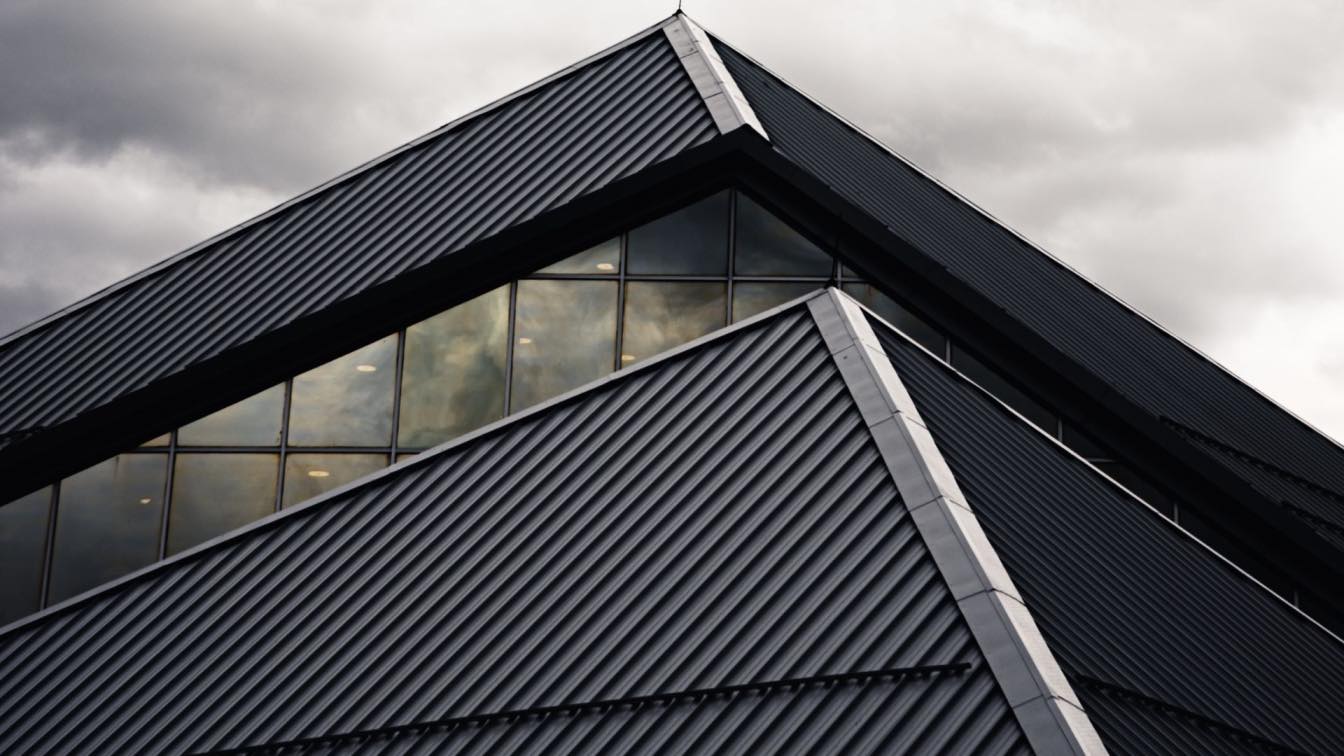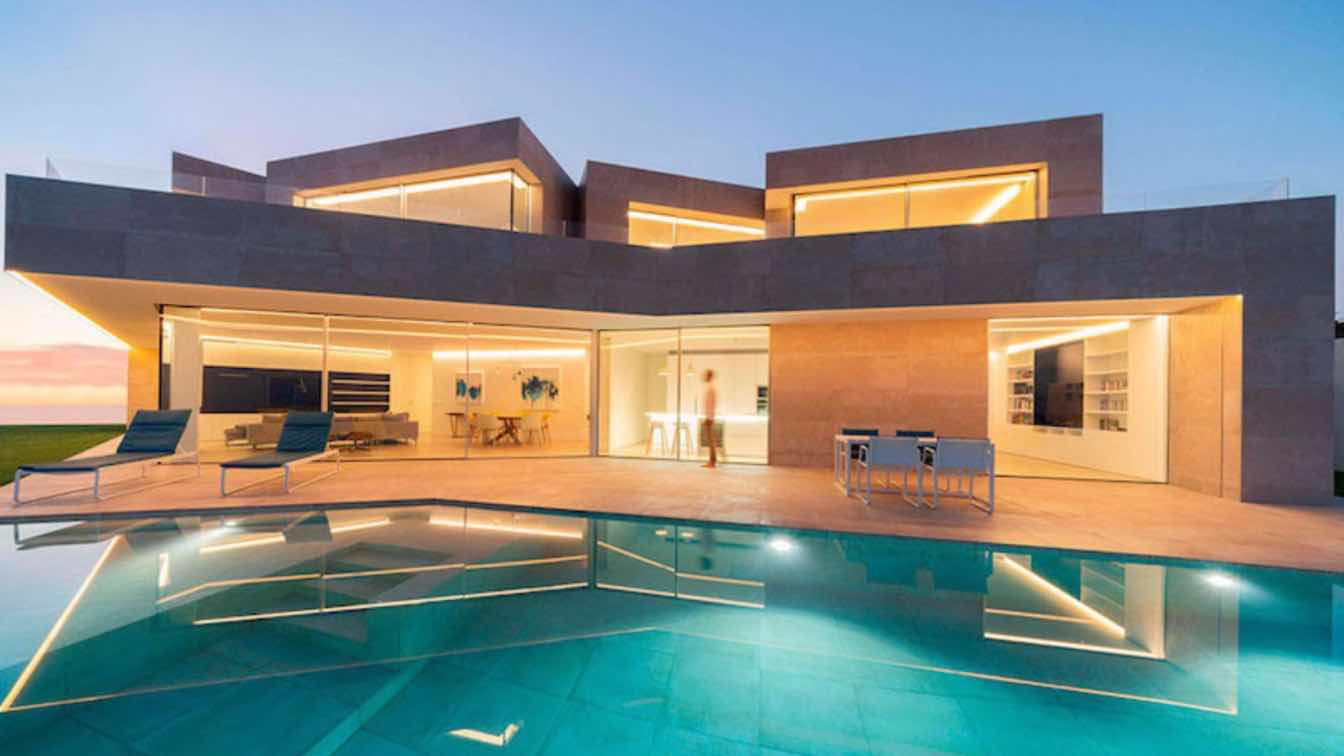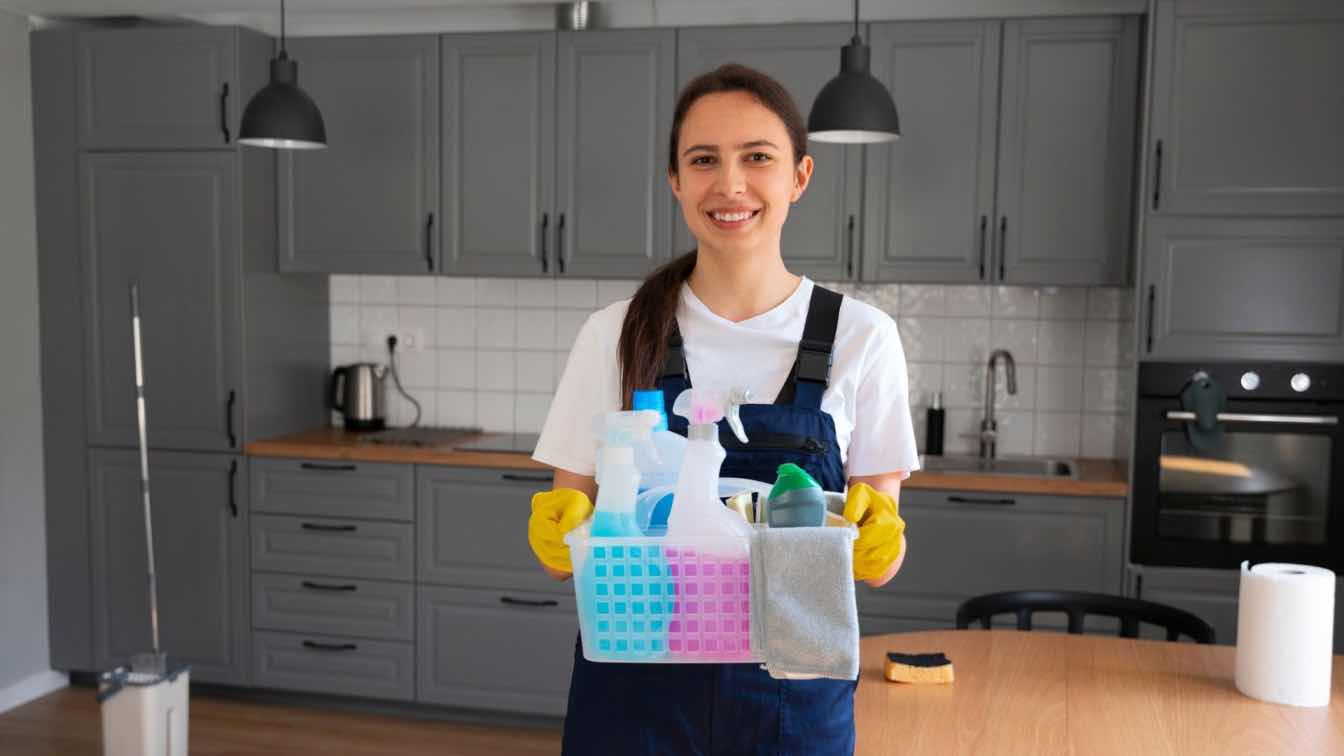In today’s rapidly changing work culture, the role of the physical office is being redefined. The shift from traditional cubicles to open-plan designs has marked the beginning of a new era where collaboration and communication are paramount. As technology and workplace practices evolve, so too must the environments in which we work. The future of collaborative office spaces lies not only in innovative layouts but also in how these designs shape teamwork, productivity, and overall employee satisfaction.
Gone are the days when workers were confined to their desks, separated by partitions that isolated them from their colleagues. Today, the focus is on creating environments that promote interaction, communication, and a sense of community. For businesses looking to stay ahead in this evolving landscape, embracing collaborative office design is key. This is commonplace in the UK, with Stratford serviced offices, for instance, offering flexible and innovative workspace solutions that allow teams to thrive in an environment designed for modern collaboration.
In this article, we’ll explore the design trends shaping the future of collaborative office spaces and how these trends are fostering teamwork in organisations of all sizes.
The Rise of Collaborative Office Spaces
Collaborative workspaces have gained popularity for a reason: they are designed to break down barriers, both literal and metaphorical, between employees. These spaces encourage workers to come together, share ideas, and work collectively towards common goals. Whether it’s an informal brainstorming session in a lounge area or a more structured meeting in a conference room, collaboration is at the heart of these designs.
One of the main reasons for this shift is the recognition that teamwork drives innovation. When employees are encouraged to work together, their combined talents and perspectives lead to creative solutions that might not have been achieved in isolation. A well-designed collaborative office space not only facilitates these interactions but also fosters a culture where teamwork is celebrated.
Key Design Elements that Shape Teamwork
To truly understand how office design influences teamwork, it’s essential to look at the specific elements that contribute to a collaborative environment. Let’s examine some of the most influential design features:
1. Open-Plan Layouts
One of the most significant changes in office design over the past few decades has been the adoption of open-plan layouts. These spaces do away with the traditional cubicles and private offices in favour of a more fluid and flexible design. The goal is simple: to create an environment where communication can happen naturally and without barriers.
In an open-plan office, employees can easily interact with one another, leading to more spontaneous conversations and collaborations. However, it’s important to strike a balance. While open spaces encourage communication, they can also lead to noise and distractions. Therefore, the future of open-plan offices will likely focus on incorporating quiet zones and private spaces where employees can work without interruption when needed.
2. Flexible Workspaces
Flexibility is a crucial component of modern office design. Gone are the days when employees were tied to a single desk for the entire day. Today, the emphasis is on creating spaces that can adapt to the needs of the team at any given moment.
In a flexible workspace, employees can choose where they want to work based on the task at hand. For example, they might start the day at a communal table for a team meeting, move to a quiet pod for focused work, and then transition to a lounge area for informal discussions. By providing a variety of work settings, organisations can foster an environment where teamwork thrives because employees have the freedom to collaborate in ways that suit their needs.
3. Breakout Spaces
While formal meeting rooms are still an essential part of any office, there is a growing trend towards creating informal breakout spaces. These areas, often furnished with comfortable seating and a relaxed atmosphere, are designed to encourage casual conversations and impromptu brainstorming sessions.
Breakout spaces are vital for fostering creativity and collaboration because they provide employees with a space to step away from their desks and think in a different environment. When teams can gather in a more relaxed setting, they are often more open to sharing ideas and discussing challenges in an unstructured way, which can lead to more innovative solutions.
4. Technology Integration
In today’s digital age, no office can function effectively without the right technology. This is particularly true in collaborative workspaces, where teams need access to tools that facilitate communication and project management.
From video conferencing equipment to cloud-based collaboration platforms, technology plays a pivotal role in shaping teamwork. Office designs of the future will continue to integrate technology seamlessly into the workspace, ensuring that employees have everything they need to collaborate effectively, whether they are in the same room or working remotely.
5. Natural Light and Biophilic Design
The importance of natural light and biophilic design (the integration of nature into the built environment) cannot be overstated when it comes to fostering teamwork. Studies have shown that exposure to natural light improves mood, productivity, and overall well-being. In a collaborative workspace, this is essential for creating a positive atmosphere where employees feel motivated and energised to work together.
Biophilic design goes beyond just adding a few plants to the office. It includes elements like green walls, indoor gardens, and the use of natural materials like wood and stone. By incorporating these elements into office design, organisations can create spaces that not only look beautiful but also promote collaboration by making employees feel more connected to their environment and each other.
How Office Design Shapes Team Dynamics
The design of a workspace has a profound impact on team dynamics. When employees feel comfortable and inspired by their environment, they are more likely to engage in meaningful collaborations. On the other hand, if the design of an office is cold, impersonal, or restrictive, it can hinder communication and create a sense of isolation among team members.
A well-designed office space fosters trust and openness within a team. By providing areas for both formal and informal interactions, as well as private spaces for focused work, employees can engage in a variety of ways that suit their working styles. This diversity of space not only encourages teamwork but also allows for greater flexibility in how teams operate.
Looking Ahead: The Future of Collaborative Workspaces
As we look to the future, it’s clear that the role of the office will continue to evolve. Hybrid working models, where employees split their time between the office and remote locations, will likely become the norm. This shift will require office designs to be even more adaptable, with a greater focus on creating spaces that can accommodate both in-person and virtual collaboration.
Moreover, the demand for flexibility in office design will only increase as organisations recognise the benefits of providing employees with a variety of work settings. Whether it’s hot-desking, breakout areas, or quiet pods, the office of the future will be a dynamic space that caters to the diverse needs of teams.
Shaping Tomorrow's Teamwork Through Collaborative Design
The future of collaborative office spaces lies in thoughtful design that fosters communication, creativity, and teamwork. By incorporating elements like open-plan layouts, flexible workspaces, and technology integration, organisations can create environments where employees feel empowered to collaborate and innovate. As we move forward into a new era of work, the importance of designing offices that support teamwork will only continue to grow.





